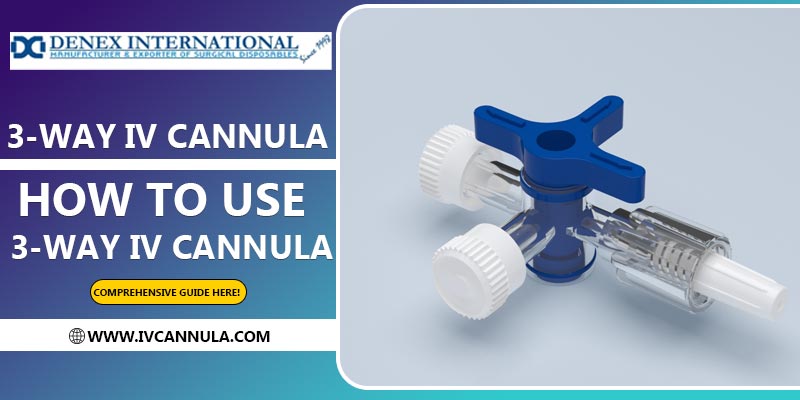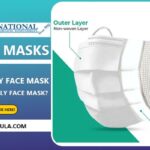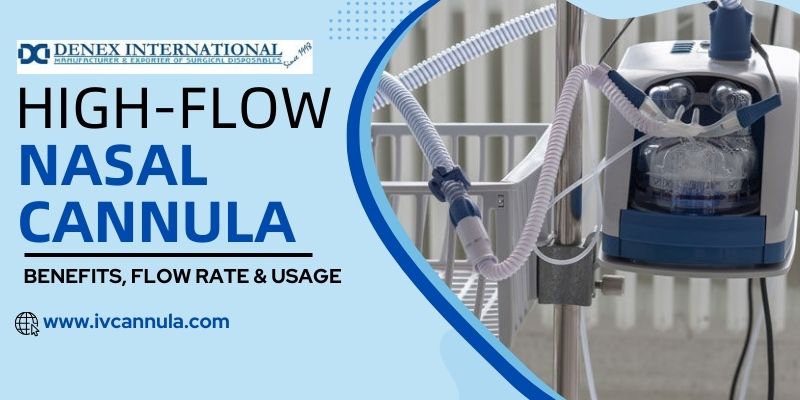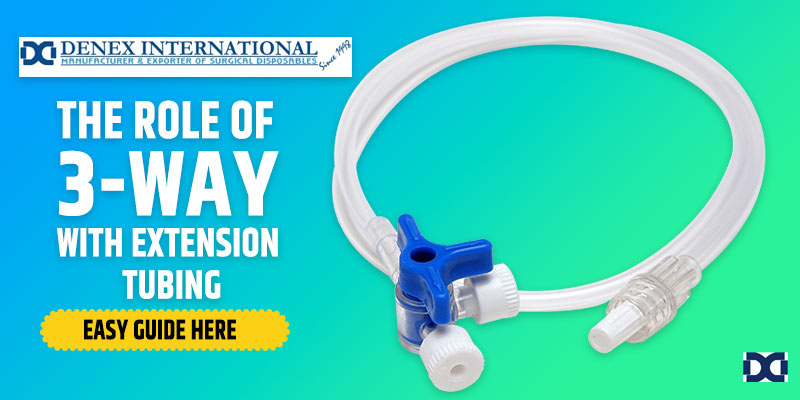Intravenous therapy, a crucial component of modern healthcare, is pivotal in delivering medications, fluids, and blood products directly into the bloodstream. One of the key advancements in this field is the 3-way IV cannula, a versatile medical device designed to enhance the efficiency of intravenous procedures. In this guide, brought to you by Denex International, a leading 3-way Cannula Manufacturer, we will delve into the How to Use 3-Way IV Cannula.
Understanding the 3-Way IV Cannula:
The 3-way IV cannula is a specialized intravenous catheter with three distinct channels, allowing healthcare professionals to simultaneously administer medications, infuse fluids, and withdraw blood samples without requiring multiple needle insertions. This innovative design streamlines the intravenous process, minimizes patient discomfort, and improves overall procedural efficiency.
3 Way IV Cannula Parts
It consists of several essential parts, each serving a specific purpose to facilitate the administration of medications, infusion of fluids, and withdrawal of blood. Here are the main features of a 3-way IV cannula:
Cannula Body:
The cannula body is the main shaft of the device, typically made of biocompatible materials such as medical-grade plastic or stainless steel. It is inserted into a patient’s vein to establish intravenous access.
Hub:
The hub is the proximal end of the Cannula that connects to external tubing or other medical devices. It is equipped with multiple ports corresponding to each lumen of the Cannula.
Wings or Flanges:
Wings or flanges are the extended, flat portions on either side of the hub. They provide a surface for the secure fixation of the Cannula to the patient’s skin, minimizing the risk of accidental dislodgment.
Needle or Stylet:
Some 3-way IV cannulas come with an enclosed needle or stylet to aid in inserting the Cannula into the patient’s vein. Once the Cannula is positioned correctly, the hand or style is withdrawn.
Multiple Lumens:
The defining feature of a 3-way IV cannula is the presence of three lumens or channels within the cannula body. Each lumen is dedicated to a specific function: medication administration, fluid infusion, and blood withdrawal.
Color-Coding:
Lumens are often color-coded for easy identification. Color coding helps healthcare professionals differentiate between the lumens quickly, ensuring that the correct channel is used for the intended purpose.
Injection Ports:
Each lumen typically has an injection port on the hub. These ports allow for the attachment of syringes or tubing for administering medications, infusion of fluids, or withdrawal of blood samples.
Clamps or Valves:
Some 3-way IV cannulas feature clamps or valves that can be manipulated to control the flow of fluids or blood. This enables healthcare providers to regulate the administration of medications and fluids without disconnecting the tubing.
Understanding the different parts of a 3-way IV cannula is crucial for healthcare professionals to effectively and safely use the device in various medical settings. The design and features of these cannulas may vary between manufacturers, but the fundamental components remain consistent in facilitating multifunctional intravenous access.
Step-by-Step Guide on How to Use 3-Way IV Cannula:
Prepare the Patient and Gather Equipment:
- Explain the procedure to the patient and address any concerns or questions.
- Wash your hands thoroughly and gather all the necessary equipment, including the 3-way IV cannula kit, sterile drapes, antiseptic solution, gloves, and adhesive dressings.
Select the Appropriate Site:
- Please choose a suitable insertion site, typically the back of the hand or the forearm, ensuring it is free from any signs of infection, swelling, or damage.
Ensure a Sterile Field:
- Use sterile drapes to create a clean, sterile field around the selected insertion site.
- Put on sterile gloves to maintain aseptic conditions throughout the procedure.
Prepare the Cannula:
- Remove the 3-way IV cannula from its packaging, taking care not to touch the sterile parts.
- Prime the Cannula by flushing each of its three lumens with a sterile saline solution to eliminate air bubbles.
Insert the Cannula:
- Use a quick, smooth motion to insert the Cannula into the selected vein at the recommended angle.
- Confirm proper placement by observing a flashback of blood in the chamber.
Secure the Cannula in Place:
- Once the Cannula is in place, secure it with an adhesive dressing to prevent movement and reduce the risk of dislodgment.
Connect the Three Channels:
- Connect each of the three lumens to its respective tubing – one for medication administration, one for fluid infusion, and one for blood withdrawal.
Monitor and Maintain:
- Regularly assess the insertion site for signs of infection or complications.
- Follow established protocols for changing the dressing and flushing the cannula lumens to maintain patency.
Conclusion:
Mastering a 3-way IV cannula is essential for healthcare professionals seeking to enhance the efficiency of intravenous therapy. With this detailed guide, brought to you by Denex International, a trusted 3-Way Cannula Manufacturer, healthcare practitioners can confidently navigate the intricacies of using this innovative device, ultimately contributing to improved patient care and positive outcomes.







